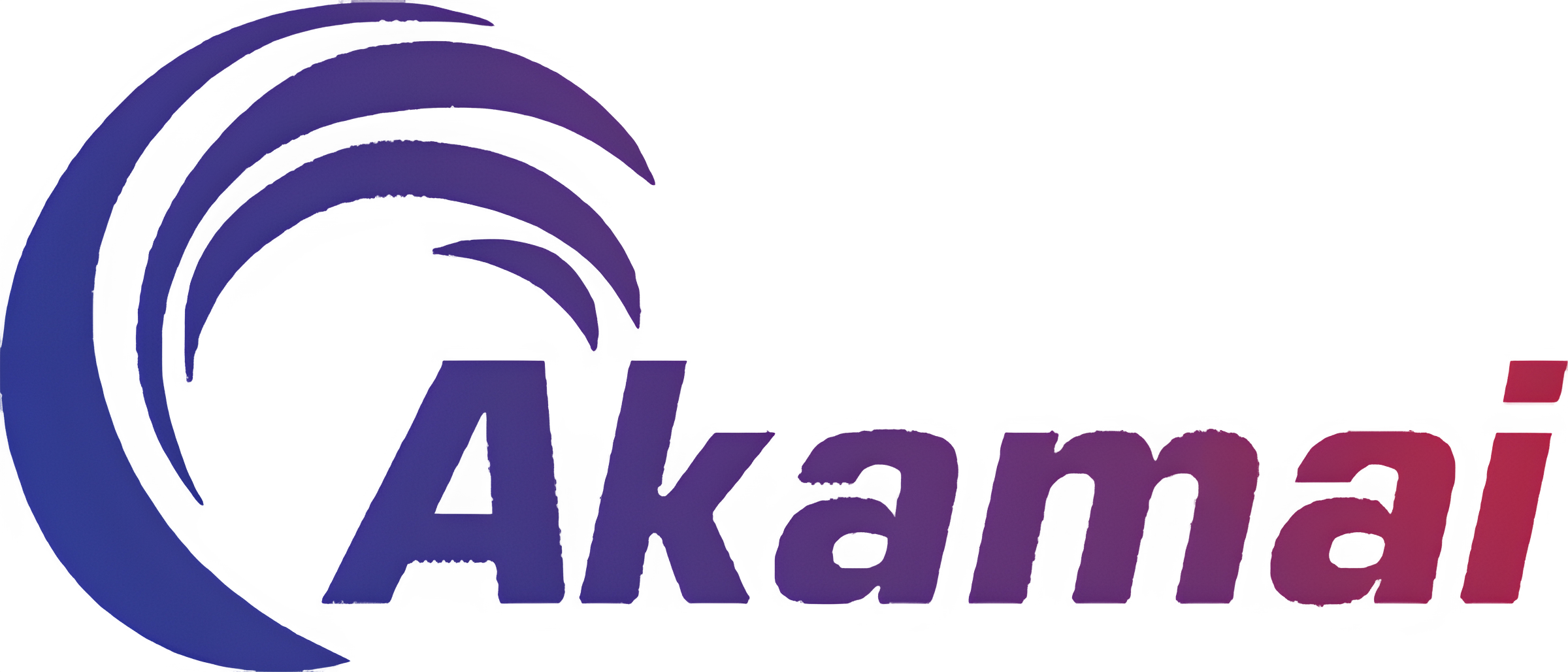Inventory Management App Development: A Complete Business Guide
Managing inventory effectively is essential for businesses aiming to streamline operations, minimize costs, and enhance customer satisfaction. Traditional manual methods—spreadsheets, paper logs, and scattered databases—often lead to errors, discrepancies, and inefficiencies. Modern enterprises, whether small retailers or large manufacturers, require real-time visibility into stock levels, automated reordering, and seamless integration across sales channels. This is where inventory management app development becomes a game-changer. By leveraging digital solutions tailored to specific business requirements, companies can gain accurate insights, optimize supply chains, and scale operations confidently.
At Dinoustech Private Limited, a recognized best software development company, we have partnered with clients across various industries to build robust, user-friendly inventory management applications. In this guide, we will explore why an inventory app is indispensable, outline the development process, discuss selecting the right partner, and highlight critical considerations for a successful implementation.
The Importance of Inventory Management
Inventory sits at the heart of any product-centric business. Poor control over stock levels can lead to overstocking—tying up capital and storage space—or understocking, resulting in missed sales and unhappy customers. Moreover, manual tracking is time-consuming and prone to human error. An effective inventory management system automates core tasks such as stock counting, purchase order generation, and demand forecasting, thereby reducing operational friction and improving accuracy.
Companies that invest in inventory management software development often report significant gains in efficiency. Real-time dashboards provide actionable insights, enabling procurement teams to respond rapidly to fluctuations in demand. With automated alerts, warehouses avoid critical stockouts or excess inventory. In competitive markets, businesses that leverage digital inventory solutions position themselves for faster growth and enhanced customer trust.
Key Features of an Inventory Management App
A well-designed inventory management app should encompass several fundamental features that cater to diverse business requirements. First and foremost, the system must support real-time stock tracking, updating inventory levels automatically whenever a sale is made or a new shipment arrives. Second, barcode or QR code scanning simplifies data entry, eliminating manual input errors and speeding up stocktaking processes.
Another critical feature is purchase order management, which generates requisitions when stock falls below predefined thresholds. Integration with supplier catalogs and automated vendor communication can streamline procurement and reduce lead times. Additionally, demand forecasting tools—often powered by historical sales data—help predict future inventory needs, allowing businesses to order the right quantities at the right time.
For organizations operating multiple locations or warehouses, centralized dashboards enable unified oversight. These dashboards provide snapshot views of stock levels, in-transit goods, and aging inventory, empowering managers to reallocate resources efficiently. Finally, reporting and analytics modules generate customizable reports on key performance indicators, facilitating data-driven decision-making. By combining these capabilities, an inventory app transforms a fragmented process into a cohesive, automated workflow.
Benefits of Custom Inventory Management Software
While off-the-shelf solutions may suffice for some, many businesses require tailored features and integrations to meet unique operational needs. That’s where partnering with a custom website development company or a dedicated software provider becomes essential. Custom inventory systems can seamlessly integrate with existing ERP, accounting, and e-commerce platforms, ensuring a unified data environment. Whether it’s synchronizing stock levels across online marketplaces or automating invoice generation, bespoke applications eliminate repetitive manual work.
Moreover, custom solutions offer flexibility. As your business grows and processes evolve, the inventory app can be updated to incorporate new functionalities—such as multi-currency support, regulatory compliance modules, or specialized reporting tools. This adaptability helps companies stay agile in dynamic markets, avoiding the limitations and licensing fees associated with generic software.
Another advantage of custom development is enhanced security. When your inventory data is a competitive asset, you want fine-grained control over access permissions and data encryption. A reputable best software development company like Dinoustech Private Limited can implement robust authentication mechanisms, role-based access, and secure communication protocols to protect sensitive information from external threats.
Steps to Develop an Inventory Management App
Embarking on an inventory management app development journey involves several critical stages. The first step is requirement gathering and analysis. During this phase, your team collaborates with developers to map out core workflows—receiving goods, stock transfers, sales deductions, and returns. This exercise uncovers pain points, desired automations, and integration needs, laying the foundation for a comprehensive project roadmap.
Once requirements are defined, the design phase begins. User experience (UX) designers create wireframes and interactive prototypes to illustrate how each screen functions. Intuitive navigation, clear data visualization dashboards, and easy-to-use forms for stock entry are paramount. A well-executed design phase, often facilitated by an affordable web designing company, ensures that the final product meets user expectations and reduces training overhead.
Next comes development and testing. Developers select an appropriate technology stack—such as React Native for cross-platform mobile apps or Angular and Node.js for web-based dashboards—depending on your needs. They build core modules like stock ledger, reorder mechanisms, and supplier portals, iterating through sprints to incorporate feedback. Quality assurance experts then rigorously test the application, identifying and fixing bugs to deliver a stable, high-performance solution.
After testing, deployment brings the app to your production environment. Whether hosted on cloud infrastructure or on-premises servers, the deployment must adhere to best practices for scalability and security. Post-launch, continuous monitoring and user support ensure smooth adoption. Users receive training and documentation, while developers set up analytics to track usage patterns and performance, guiding future enhancements.
Choosing the Right Development Partner
Selecting the ideal partner for your inventory management app development project is a crucial decision with long-term implications. You want a team that combines technical expertise with domain knowledge, capable of understanding the nuances of supply chain and warehouse operations. A best mobile app development company brings deep experience in crafting mobile interfaces for managers who might need to check stock levels or approve purchase orders while on the move.
Equally important is a partner’s track record. Look for case studies and client testimonials demonstrating successful inventory solutions across industries similar to yours. A custom website development company that has built e-commerce and ERP integrations indicates their ability to connect disparate systems effectively. Evaluate their development methodology—Agile, Scrum, or Kanban—to ensure regular communication, transparency, and timely delivery.
Budget considerations also come into play. While quality often commands a premium, partnering with an affordable web designing company that understands your constraints can yield cost-effective design outcomes. However, be wary of providers who compromise on security or scalability to lower costs. Dinoustech Private Limited strikes a balance by offering flexible engagement models, transparent pricing, and a focus on building secure, future-ready solutions. Our multidisciplinary teams encompass mobile, web, and backend developers, ensuring a one-stop solution for end-to-end inventory management software development.
Integrating with Existing Systems
An inventory app rarely operates in isolation. To unlock its full potential, seamless integration with existing systems—such as ERP, CRM, accounting software, and e-commerce platforms—is essential. Integrations facilitate real-time data synchronization. For example, when a customer places an order on your website, the inventory app automatically deducts the corresponding quantity, updating stock levels across all channels.
APIs (Application Programming Interfaces) play a pivotal role in these integrations. Whether your ERP uses RESTful APIs or SOAP-based services, an experienced development partner will create custom connectors to unify data flows. This eliminates duplicate efforts, reduces manual reconciliation, and ensures that decision-makers have a single source of truth. Moreover, integrating with barcode scanners or RFID systems accelerates stocktaking, warehouse operations, and order fulfillment.
If your business operates multiple warehouses or retail outlets, integration becomes even more critical. A centralized dashboard can present a holistic view of stock levels, pick-and-pack operations, and shipping statuses. Your development partner can configure user roles and permissions to control who can view or modify specific data, maintaining data integrity and security.
Designing for Mobile and Web Interfaces
In modern businesses, managers and warehouse staff need access to inventory data on-the-go. A responsive web dashboard helps procurement teams review analytics and generate reports, while a mobile app empowers warehouse workers to scan barcodes, update stock counts, and process orders in real time. Striking a balance between functionality and simplicity is key.
For mobile development, frameworks like React Native or Flutter expedite cross-platform deployment, reducing time and cost. A best mobile app development company will optimize the app for various device resolutions, ensure offline capabilities for low-connectivity environments, and secure data transmission through encrypted channels. The mobile interface should allow quick scanning of items, intuitive navigation between screens, and seamless synchronization when connectivity is restored.
On the web side, an intuitive, responsive design—often crafted by an affordable web designing company—ensures that desktop users have a streamlined experience. Dashboards should highlight critical metrics—stock alerts, pending orders, and supplier lead times—through clear visualizations. Forms for creating purchase orders, editing product details, and generating reports must be user-friendly, minimizing training requirements.
Cost Considerations and Return on Investment
The cost of inventory management software development varies based on factors such as feature complexity, number of integrations, and scalability requirements. While a basic solution with core tracking and reporting capabilities might be relatively affordable, advanced features like demand forecasting, AI-driven analytics, and multi-warehouse management incur additional costs. Partnering with a best software development company helps estimate development efforts accurately, avoiding budget overruns.
However, you must view development costs as an investment rather than mere expenses. Automated inventory systems reduce carrying costs by preventing overstocking, improve turnover rates by identifying slow-moving products, and minimize stockouts that lead to lost sales. Additionally, labor savings from eliminating tedious manual counts and reconciliations can amount to significant operational efficiencies. When weighing project costs, calculate the projected return on investment (ROI) over a three to five-year period, factoring in reduced shrinkage, improved order fulfillment, and enhanced customer satisfaction.
For businesses on a tight budget, a phased implementation approach allows you to deploy critical features first—such as inventory tracking and purchase order generation—while deferring advanced analytics or machine learning integrations to later phases. This strategy aligns initial expenditure with immediate business impact, ensuring that you start seeing tangible benefits early on.
Ongoing Maintenance and Support
Building the inventory management app is only half the battle; continuous maintenance and support guarantee its longevity and performance. Post-deployment, you need a partner who can address software updates, security patches, and evolving feature requests. Regular maintenance prevents system downtime, mitigates security vulnerabilities, and incorporates new technology trends.
Dinoustech Private Limited offers flexible support packages tailored to your operational needs. Our team monitors system health, addresses bug fixes, and implements incremental improvements as your business scales. We also provide user training sessions and comprehensive documentation, enabling your staff to make the most of the system’s capabilities. Whether you require emergency fixes or planned feature upgrades, a dedicated support mechanism ensures uninterrupted operations.
Key Trends in Inventory Management App Development
As technology evolves, inventory management apps are incorporating advanced capabilities to drive smarter decision-making. Artificial intelligence (AI) and machine learning (ML) algorithms analyze historical sales data and external factors—like seasonality or market trends—to predict demand, optimize reorder points, and reduce stockouts. IoT (Internet of Things) devices, such as smart sensors on warehouse shelves, provide real-time data on stock movement, environmental conditions, and asset tracking.
Blockchain technology is emerging as a way to secure supply chain data, verifying authenticity and provenance. Augmented reality (AR) solutions help warehouse workers locate items quickly by overlaying digital cues onto real-world shelves. Additionally, voice-enabled interfaces—powered by digital assistants—allow hands-free inventory queries and updates, further enhancing warehouse efficiency.
When selecting a development partner, look for a team that stays current with these trends. A best mobile app development company with R&D capabilities ensures your inventory app remains future-ready, integrating cutting-edge technologies that deliver competitive advantage.
Ensuring Data Security and Compliance
Inventory data often contains sensitive information about supplier contracts, pricing strategies, and product details. Protecting this data from unauthorized access is paramount. Encryption protocols—both at rest and in transit—must be implemented rigorously. Role-based access controls restrict who can view, edit, or export data, preventing accidental or malicious leaks.
Compliance with industry regulations—such as GDPR for businesses operating in Europe—requires explicit consent for data processing and the right for users to request data deletion. A robust audit trail records every modification, user login, and data export, fostering transparency and accountability. Additionally, regular security audits, penetration tests, and vulnerability assessments help identify and remediate potential threats before they impact operations.
A reputable inventory management software development partner incorporates these security best practices from the project’s outset, embedding them into the architecture rather than treating them as afterthoughts. At Dinoustech Private Limited, we maintain strict security protocols and undergo periodic third-party assessments to validate our approach.
Conclusion
Developing an inventory management app represents a strategic investment that can transform how your business operates. By automating stock tracking, streamlining procurement, and integrating seamlessly with existing systems, you gain real-time visibility, reduce errors, and improve overall efficiency. Choosing the right partner—whether a custom website development company, a best software development company, an affordable web designing company, or a best mobile app development company—ensures that your solution meets current demands while remaining adaptable to future growth.
At Dinoustech Private Limited, we combine deep domain expertise, cutting-edge technology, and a collaborative approach to deliver tailored inventory solutions. From initial consultation and design through development, deployment, and ongoing support, our multidisciplinary teams guide you at every step. By embracing digital transformation in inventory management, your business will be better equipped to compete, scale, and delight customers in an ever-changing marketplace. Reach out to Dinoustech today to explore how we can build a robust inventory management app that aligns with your vision and drives lasting success.

















